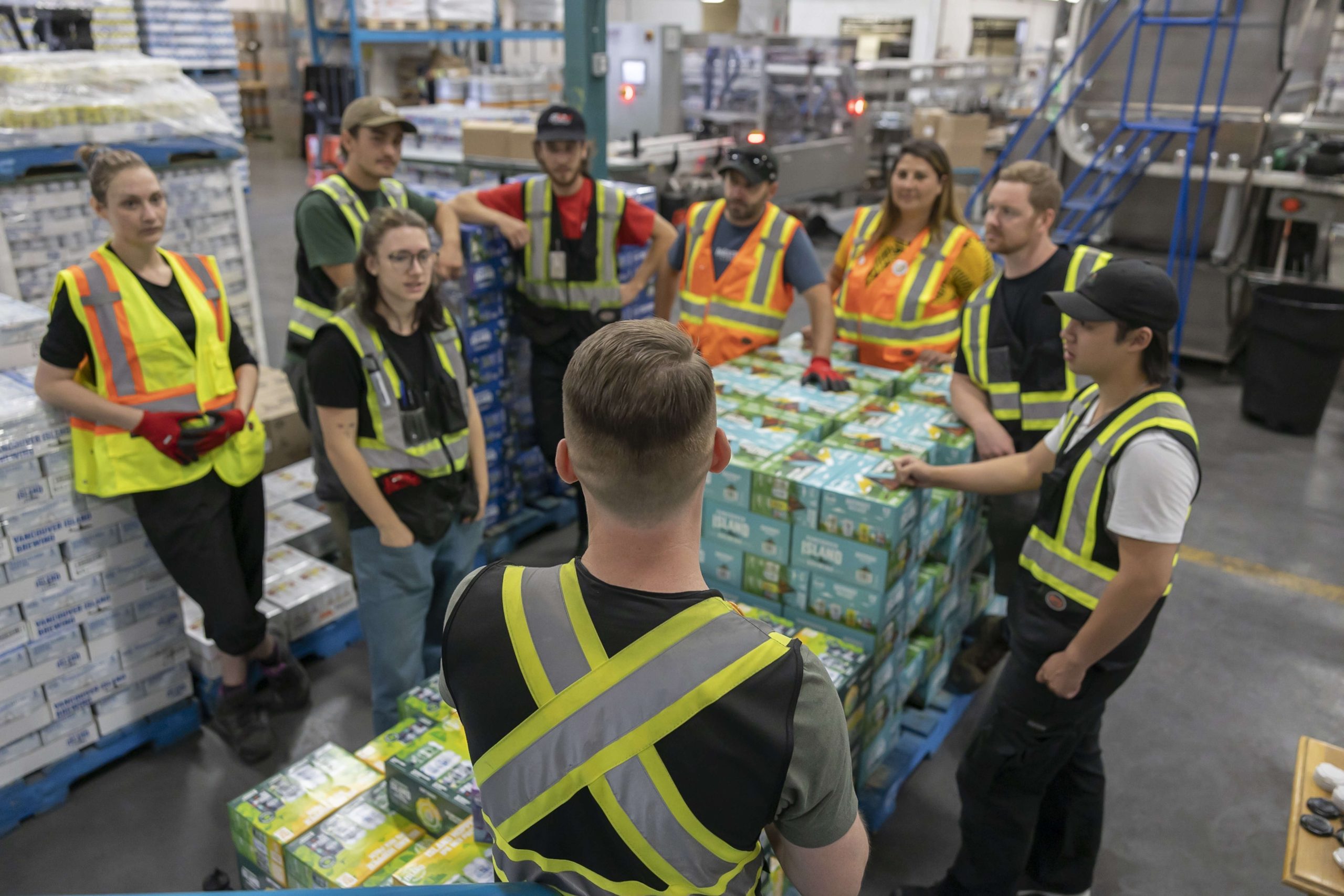Listening and responding to workers’ concerns and suggestions is an essential way that employers can improve the health and safety culture of their workplace.

Photo credit: © WorkSafeBC (Workers’ Compensation Board of B.C.), used with permission
Recently, I spoke with an elevator mechanic who shared a very good example of positive health and safety culture.
While repairing or modernizing elevators, he and his crew would often come across materials that potentially contain asbestos.
“While we follow all of the prescribed safety precautions, I still felt that I wanted to know more about this very hazardous material,” says Jeremy, who prefers to use his first name only. “And after speaking with other workers, they felt the same. So I spoke with my boss. I told him that we would feel safer if we were equipped with more knowledge.”
Jeremy said his employer listened and the immediate response was that they would look into some further training around asbestos. A number of key workers received training on asbestos awareness and shared this information with others.
“He thanked me for bringing this to his attention,” Jeremy said. “We now feel more comfortable when taking samples of material in question and bringing them to the lab to get tested. His response and action proved to me and the other workers that this is taken seriously and that he wants us working in a safe environment.”
Make sure workers feel heard and valued
WorkSafeBC is reaching out to raise awareness of workplace health and safety culture and why it matters. They define culture as “the way we do things around here.” This includes shared practices, attitudes, and perceptions that influence behaviour.
“It’s all about empowering your workers — allowing them to feel valued and heard,” says Chris Back, WorkSafeBC’s director of OHS Consultation and Education Services. “When you have your workers engaged, it can increase productivity and help to retain workers, as well as keep them healthy and safe, which is the ultimate goal.”
For more information, see WorkSafeBC’s Enhancing health & safety culture & performance.
Small actions you can take to improve your workplace culture
Here are some suggestions from Chris on how you can engage with front-line workers:
- Have a 5-minute safety meeting every morning and ask workers to talk about risks.
- Have an annual safety culture survey that asks staff to bring forward ideas. Choose one or two suggestions that will have a positive impact on the health and safety of workers and do something about them. These actions will show your workers that something happens when they bring concerns forward.
- Encourage workers to report near misses to their supervisors, along with any ideas they may have to prevent future near misses.
For more tips on connecting with front-line workers, see my post Using language that respects and includes everyone. In it, a WorkSafeBC officer describes how being mindful of the language you use sets an example for others and contributes to a supportive work environment.
Thanks to Jeremy for speaking to me about the positive health and safety culture in his workplace.


